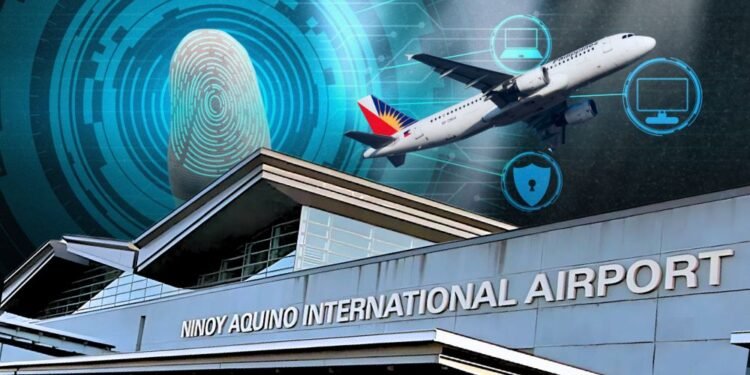Soon, lining up at airport counters with your passport in one hand and boarding pass in the other might become a thing of the past— at least at NAIA.
By late 2025, the Ninoy Aquino International Airport will begin using facial recognition technology as part of a broader effort to modernize the country’s busiest gateway.
The Department of Transportation (DOTr), in partnership with Japanese tech giant NEC Corporation, says the system is designed to make airport procedures faster, more secure, and less reliant on paperwork.
The promise? A smoother, almost touch-free travel experience, where your face becomes your boarding pass.
The Future of Airport Travel
The concept sounds futuristic, but facial recognition is already happening elsewhere. Airports in Singapore, Tokyo, and Dubai have been using similar technology to simplify travel. Now, the Philippines is catching up.
Here’s how it works: travelers will be asked to register their face once, linking it to their passport and flight information. From there, biometric scanners at key airport checkpoints—check-in, security, immigration, and boarding—will recognize and verify the passenger’s identity automatically. No more fumbling for IDs or documents at every stop.
Imagine walking through NAIA Terminal 1 and breezing through the usual lines with nothing but a glance. That’s the goal.
The system is expected to launch in phases, starting with Terminal 1 and eventually expanding to Terminals 2 and 3. The rollout is part of an ₱800-million modernization effort under the Manila International Airport Authority (MIAA).
Convenience, with Caution
It’s not just about speed. The new tech also addresses airport congestion, especially during holidays and long weekends when NAIA is stretched to its limits. Fewer manual checks mean shorter queues and less hassle for passengers and staff alike. But with biometric data in play, it’s fair to ask: how safe is it?
According to the DOTr, the system will follow the Philippines’ Data Privacy Act and international data security standards. NEC says its software includes encryption and other safeguards to protect personal data. More importantly, the use of facial recognition will be optional. Passengers can still choose the traditional process if they’re not comfortable opting in.
More Than Just a Tech Upgrade
For the government, this project is part of a bigger picture. President Ferdinand Marcos Jr. has expressed strong support for the move, calling it a step toward transforming NAIA into a world-class airport.
It also ties into the larger ₱170.6-billion NAIA rehabilitation plan, awarded earlier this year to a consortium led by San Miguel Corporation. That effort includes runway improvements, terminal upgrades, and expanded capacity, all aiming to improve the passenger experience.
If all goes according to plan, NAIA could soon offer a travel experience that’s faster, more efficient, and a lot more tech-savvy. For frequent flyers, that means less time in line and more time at the lounge (or grabbing a last-minute pasalubong).
For international travelers, it’s a signal that the Philippines is ready to compete with global airport hubs.
Facial recognition at the airport may take some getting used to but for many travelers, the idea of a smoother trip might just be worth the scan.












